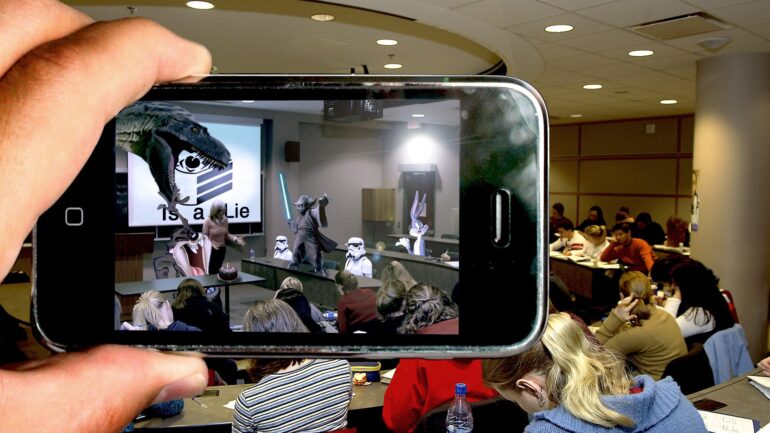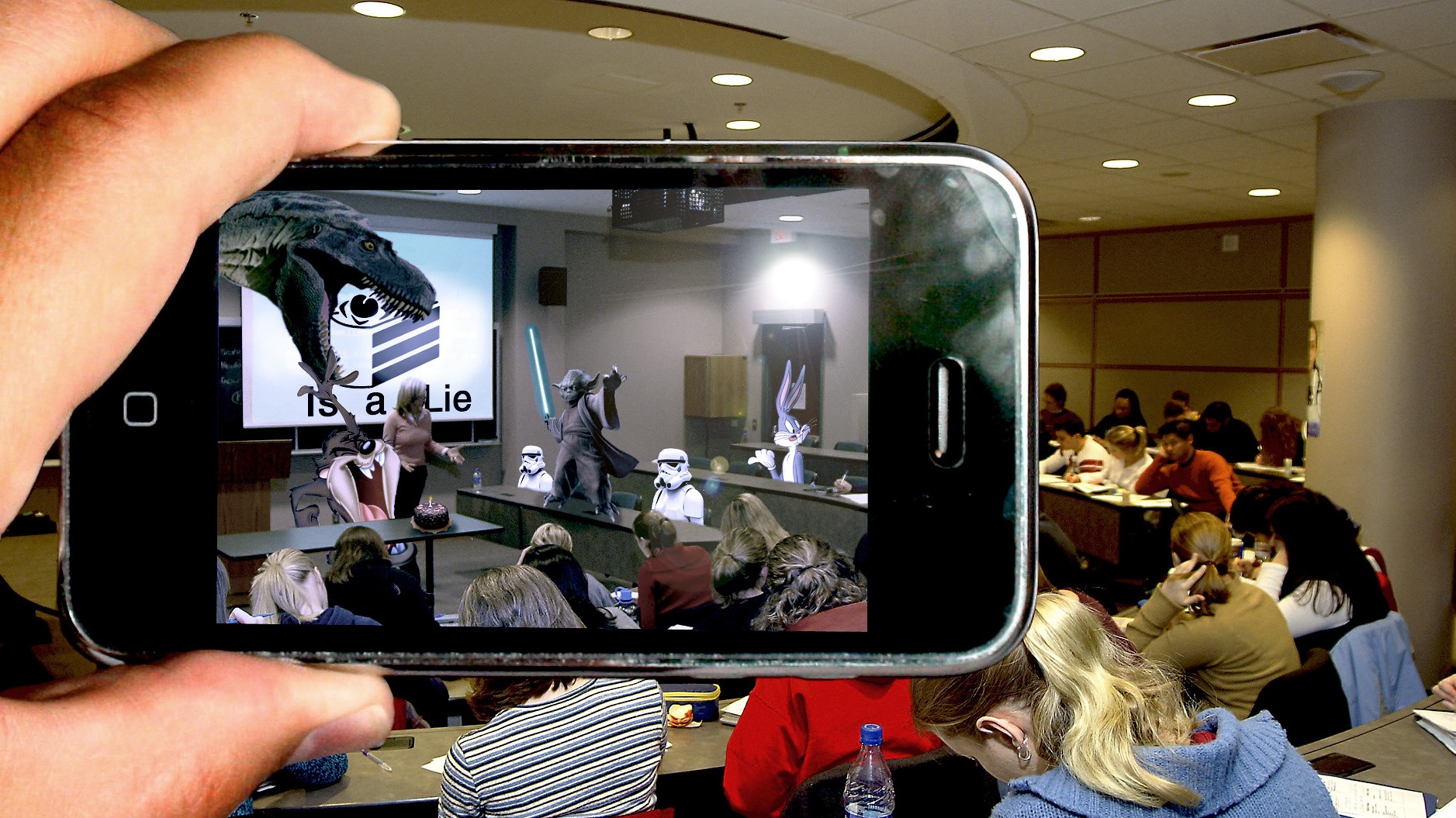
Alina Zorina
Augmented Reality (AR) extended its functions range during to the COVID-19 pandemic and now is considered an efficient tool in health care, training, education and business.
The technology started to change during the quarantine and resulted in various simulations, including work remotely and go-to meetings, said Dre Smith, a VR/AR developer at Deepbit Labs.
“I started seeing it on the consumer side,” he said. “People are using AR at restaurants, and restaurants are getting rid of the paper menus and have digital menus so the user would be able to scan a QR code (quick response code) and they will be able to see that menu in AR.”

Many companies were investing in AR even before COVID-19 hit but the quarantine sped things up as people began to use it for social interaction and business purposes, Smith said.
Jonathan Buckingham, a Virtual Reality/Augmented Reality student at Vancouver Film School, said AR is a tool that would help people connect.
“We need a way to bring people together and start reintroducing people back into society and reconnecting again,” Buckingham said. “I think AR is one way that can help facilitate that process.”
He said the technology may ease communication boundaries as it simulates at least two basic senses: sight and hearing.
Buckingham said AR potentially can be used to generate emergency alerts and notify people if a hazardous situation is happening in their area.
Another sphere that may benefit from AR is health care, as doctors will wear a special AR headset to diagnose or perform checkups on patients and will be able to have that data presented in front of them, Smith said.
He said the technology may be used for medical training and even during operations.
However, there are some risks involved in implementing AR in practical medicine as some apps aren’t fully developed, said Francisco Macia Varela, a VR/AR and game developer.
“There are lots of prototypes of applications, for example, one of them shows the brain of the patient, as the doctors are operating and, of course, it’s risky,” Varela said.
AR is still a great tool for training and education because it allows using interactive and innovative 3D elements, Smith said.
Varela said he was going to be involved in a project dealing with children’s education on street and traffic signs through an AR app.
What makes this technology accessible is a mass adaptation, the majority of people have either iOS or Android so they can take advantage of those multi-user experiences on their mobile devices, Smith said.

